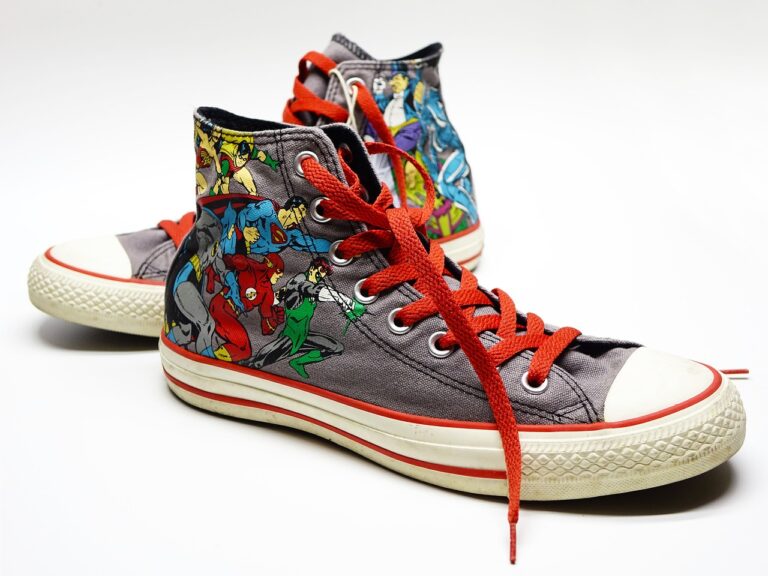Fashion and Sustainable Fashion Policy: Advocating for Legislation and Regulations That Promote Sustainability in the Industry
Fast fashion has been a dominating force in the clothing industry, offering consumers trendy and affordable garments at rapid speeds. However, this consumer-driven demand for new clothing pieces has led to detrimental consequences for the environment. The production of fast fashion involves high levels of water consumption, energy usage, and the release of harmful chemicals into the air and waterways.
The fast fashion business model also promotes overconsumption and rapid disposal of clothing items, leading to immense amounts of textile waste. The disposal of synthetic fabrics contributes to microplastic pollution in oceans and landfills, further exacerbating environmental degradation. As the negative impacts of fast fashion become more apparent, there is a growing call for sustainable practices and responsible consumption in the fashion industry.
The Rise of Sustainable Fashion Brands
Sustainable fashion brands have been gaining momentum in response to growing concerns about the environmental impact of fast fashion. These brands prioritize ethical sourcing, eco-friendly production practices, and transparency throughout their supply chains. By prioritizing sustainability in every aspect of their operations, they are setting a new standard for the fashion industry.
Consumers are increasingly seeking out these sustainable fashion brands, as they become more aware of the harmful effects of fast fashion on the environment. The rise of social media and increased access to information has empowered individuals to make more informed choices about their purchases. As a result, sustainable fashion brands are not only meeting a growing demand but also paving the way for a more conscious and ethical approach to fashion consumption.
Challenges Faced by the Fashion Industry in Promoting Sustainability
One major challenge encountered by the fashion industry in its efforts to promote sustainability is the constant demand for new trends and styles. Fast fashion brands are constantly churning out new collections at a rapid pace, leading to increased production and consumption which are harmful to the environment. This creates a dilemma for sustainable fashion brands that prioritize quality over quantity and strive to produce clothing in an environmentally and socially responsible manner.
Another obstacle faced by the fashion industry in promoting sustainability is the lack of transparency and greenwashing practices. Many companies claim to be sustainable or eco-friendly without providing concrete evidence or details about their production processes. This lack of transparency makes it difficult for consumers to make informed decisions and differentiate between truly sustainable brands and those that are simply engaging in greenwashing to boost their image.
What is fast fashion and how does it impact the environment?
Fast fashion refers to the quick production of inexpensive clothing that follows the latest trends. This high-speed production results in large amounts of waste, pollution, and unethical labor practices, causing harm to the environment.
How are sustainable fashion brands making a difference?
Sustainable fashion brands prioritize ethical production practices, use environmentally friendly materials, and promote fair labor conditions. By choosing sustainable options, consumers can support companies that are working towards a more eco-friendly industry.
What are some challenges faced by the fashion industry in promoting sustainability?
Some challenges include the high cost of sustainable materials, consumer demand for cheap and fast fashion, lack of transparency in supply chains, and the need for industry-wide changes in production processes. Overcoming these obstacles requires collaboration and commitment from all stakeholders in the fashion industry.







